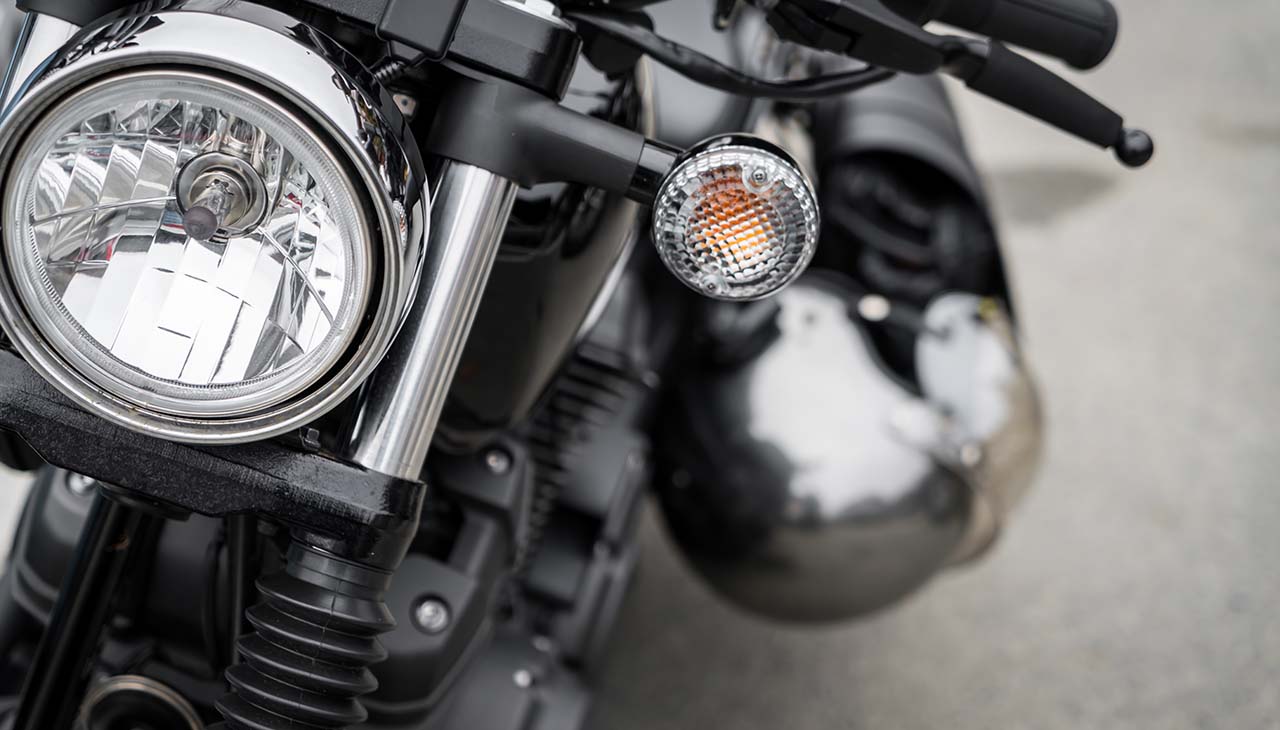How to Evaluate a Salvage Motorcycle: Tips for Buyers

Introduction
For motorcycle enthusiasts and used vehicle buyers, the allure of acquiring a salvage motorcycle can be irresistible. Salvage motorcycles offer a unique blend of affordability and potential for customization, but they come with their own set of challenges and risks. This guide aims to provide valuable insights and practical tips to help you make an informed decision when considering the purchase of a salvage motorcycle.
Benefits and Drawbacks of Purchasing a Salvage Motorcycle
Benefits:
- Affordability: Salvage motorcycles are typically much cheaper than new or even used motorcycles, making them an attractive option for budget-conscious buyers.
- Customization Potential: For those who enjoy working on bikes, salvage motorcycles offer a blank canvas for customization and rebuilding.
- Learning Experience: Rebuilding a salvage motorcycle can be a rewarding project that enhances your mechanical skills and knowledge.
Drawbacks:
- Hidden Costs: The initial low price may be offset by the cost of repairs, parts, and potential legal fees.
- Insurance Challenges: Insuring a salvage motorcycle can be more complicated and expensive compared to a clean title bike.
- Resale Value: Salvage motorcycles often have lower resale value and may be harder to sell in the future.
Factors to Consider When Evaluating a Salvage Motorcycle
Damage Assessment
- Type of Damage: Understand the extent and type of damage the motorcycle has sustained. This could range from minor cosmetic issues to major structural damage.
- Repair Costs: Estimate the cost of repairs by consulting with a professional mechanic or using online resources.
Cost
- Purchase Price vs. Repair Costs: Make sure the total cost (purchase price plus estimated repair costs) is within your budget and compares favorably to the price of a similar used motorcycle in good condition.
- Parts Availability: Check the availability and cost of replacement parts, especially for older or less common models.
Legal and Insurance Implications
- Title Status: Ensure you understand the title status and the process for converting a salvage title to a rebuilt title if necessary.
- Insurance: Contact your insurance company to discuss coverage options and costs for a salvage motorcycle.
Step-by-Step Guide for Inspecting a Salvage Motorcycle Before Purchase
1. Research the Model
- Look up common issues and typical repair costs for the specific make and model you’re considering.
2. Examine the Frame and Structure
- Check for any signs of frame damage, such as bends, cracks, or rust. Frame damage can be a deal-breaker as it often indicates serious structural issues.
3. Inspect the Engine and Transmission
- Start the engine if possible. Listen for unusual noises and check for leaks. Test the transmission for smooth shifting.
4. Check the Electrical System
- Ensure that all lights, indicators, and electrical components are functioning properly.
5. Evaluate the Suspension and Brakes
- Inspect the suspension for leaks or damage. Check the brakes for wear and ensure they are functioning correctly.
6. Assess Tires and Wheels
- Look for any signs of tire wear, damage, or imbalances. Inspect the wheels for dents or cracks.
Tips for Negotiating the Best Price and Understanding the Paperwork
Negotiation Tips
- Do Your Homework: Research similar salvage motorcycles to understand the market value.
- Point Out Flaws: Use any issues you find during your inspection as leverage for negotiating a lower price.
- Be Ready to Walk Away: If the seller is unwilling to negotiate, be prepared to walk away. There are always other opportunities.
Paperwork
- Bill of Sale: Ensure you get a detailed bill of sale that includes the VIN, purchase price, and any terms of the sale.
- Title and Registration: Understand the process for transferring the title and registering the motorcycle in your state.
- Insurance: Have a plan for insuring the motorcycle once you take ownership.
Case Studies or Testimonials from Experienced Salvage Motorcycle Buyers
Case Study 1: The Budget Builder
John, a seasoned motorcycle enthusiast, purchased a salvage motorcycle for $1,500. After investing another $1,000 in repairs and parts, he ended up with a fully functional bike worth $4,000. John enjoyed the process and gained valuable mechanical skills along the way.
Case Study 2: The Hidden Gem
Emma found a rare vintage motorcycle with a salvage title. Despite some initial skepticism, she decided to take a chance. With careful research and expert help, she restored the bike to its former glory, turning it into a prized possession and a conversation starter at bike meets.
Conclusion
Purchasing a salvage motorcycle can be a rewarding endeavor for those willing to invest the time and effort. By understanding the benefits and drawbacks, carefully evaluating the bike, and negotiating effectively, you can make an informed decision that suits your needs and budget. Remember, the key to success lies in thorough research, patience, and attention to detail.
For more tips and resources on buying salvage motorcycles, feel free to explore our website or contact us directly. We encourage you to share your experiences and insights with our community of motorcycle enthusiasts.